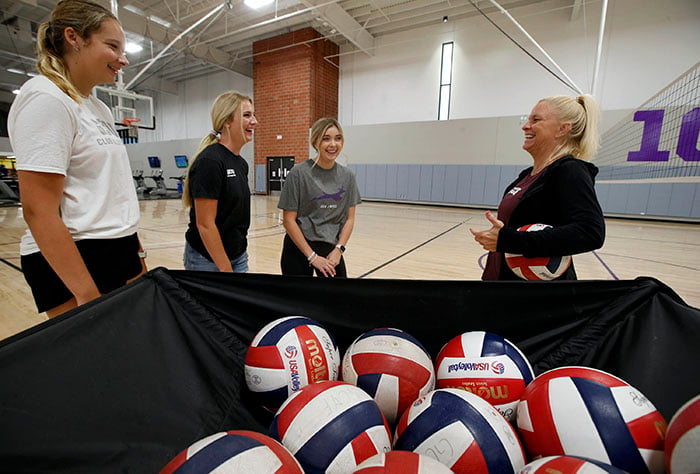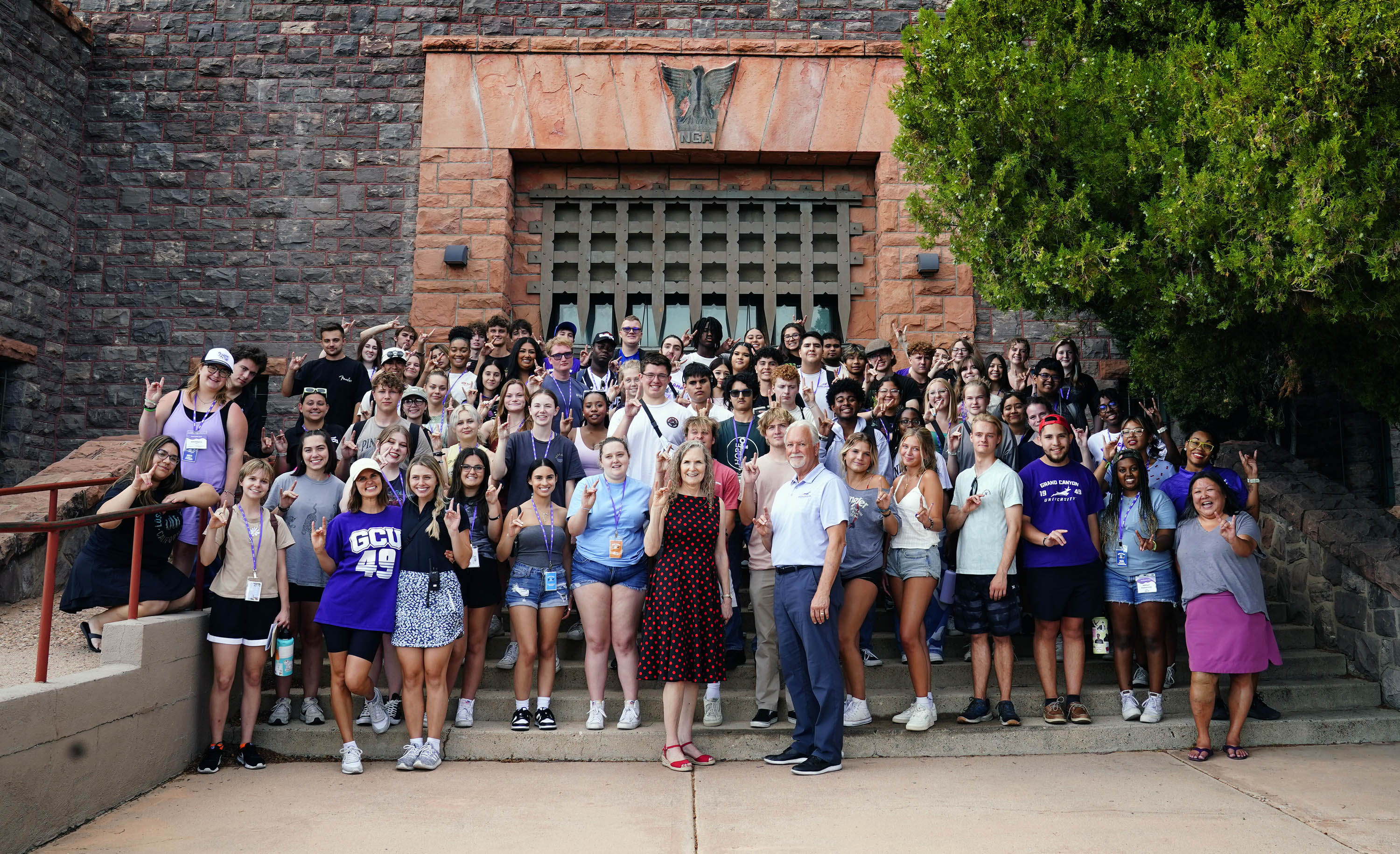By Mark Heller
GCU News Bureau
Being a student is hard. Being a teacher is often harder.
At Grand Canyon University, education is acquired, taught and shared using a Christian worldview of practices, values and ethics. But applying those principles within classrooms that revolve around STEM subjects, computers and technology can be complicated.

Friday’s latest “Lunch and Learn” faculty speaker series explored these topics as part of the Integration of Faith, Learning and Work (IFLW) series, led by College of Theology Dean Dr. Jason Hiles.
The challenges of working with students by integrating Christian values, connecting with today’s college students and preparing them as 21st-century leaders is often difficult. And that’s without factoring in students’ dispositions, attention spans and whatever may be happening in their personal lives.
Lydia Fritz is teaching proof of these challenges. An assistant professor in the College of Science, Engineering and Technology, she works primarily with freshmen; some might not be ready for the rigors of college or might not seem willing to be challenged to use critical-thinking skills while learning about technologies.
She said both education and teaching Christian values shouldn’t be an “either/or” proposition, but these concepts can be intertwined during both good (and easy) times and during challenging or difficult circumstances.

“Remember, these are all teaching moments,” she told her colleagues. “Let your faith guide you.”
Fritz’s CSET colleague, Isac Artzi, shared elements of his classroom integration with fellow faculty. Namely, the intersection and interaction between humans and technology often creates limitations or constraints.
The key, Artzi said, is to turn those constraints into advantages or opportunities. He referenced an MIT software company that specifically hired people afflicted by autism because the brain disorder allows them to better fit with the demands and characteristics desired for software testing.
Integrations occur even before teacher-student interactions. Heidi Blocker, a curriculum design and development manager at GCU, said the University's Statement of Integration and Faith is heavily emphasized when originating content and discussion questions that are embedded in every program’s curriculum.

“There are embedded opportunities to have these conversations with students,” she said. “What are the connections (between Christian values and specific lessons) for these themes?”
As nearly every teacher can attest, it requires a lot of one’s body, mind and soul to excel at working with the next generation. But the reminder was simple: Practice what you teach.
“There can be gaps, and these gaps are important,” Hiles said of having faith guide your teaching. “If I can’t put (Christian teachings) into practice on my own, then, as a teacher, it can sound hypocritical or disingenuous.”
Mark Heller can be reached at (602) 639-7516 or mark.heller@gcu.edu










